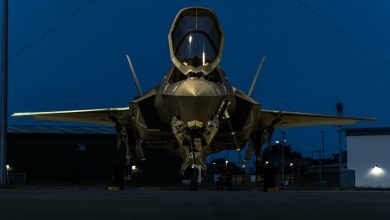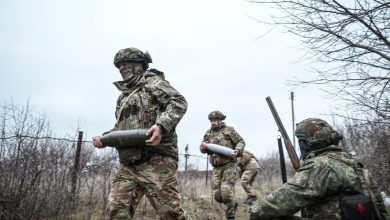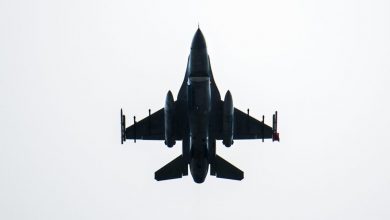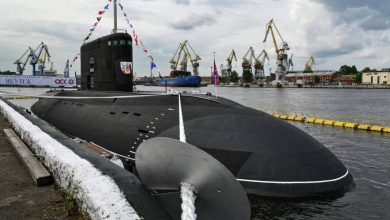Analysis: Why does NATO have troops near Russia?

The primary objective of NATO’s Enhanced Forward Presence (EFP) is to deter potential aggression by presenting a credible and united military presence in the region.
The forces involved, while not large enough to pose a direct threat to Russia, are significant enough to ensure that any invasion would encounter NATO forces and trigger a collective response.
This serves as a powerful deterrent against potential aggression.
According to NATO, the EFP demonstrates the Alliance’s resolve and readiness to defend its territory. It also reinforces the transatlantic bond, showcasing the solidarity and unity of NATO member states.
NATO has established eight multinational battalion-size battlegroups in Estonia, Latvia, Lithuania, Poland, Bulgaria, Hungary, Romania, and Slovakia. Each battlegroup is led by a framework nation and supported by various contributing Allies.
Here’s a breakdown of the deployment:
- Estonia: Led by the United Kingdom, with contributions from France and Iceland.
- Latvia: Led by Canada, with forces from multiple nations including Italy and Spain.
- Lithuania: Led by Germany, with support from Belgium, the Netherlands, and Norway.
- Poland: Led by the United States, with troops from Croatia, Romania, and others.
- Bulgaria: Led by Italy, with contributions from several Balkan and Mediterranean countries.
- Hungary: Led by Hungary, with support from Croatia, Italy, and the United States.
- Romania: Led by France, with contributions from Belgium, Luxembourg, and the United States.
- Slovakia: Led by Spain, with support from Germany and Slovenia.
These battlegroups are fully integrated into NATO’s command structure, ensuring they are ready and responsive. They operate in coordination with national home defence forces, with the aim of providing a continuous and credible presence.
The EFP has evolved in response to the changing security environment. Following Russia’s full-scale invasion of Ukraine in 2022, NATO reinforced existing battlegroups and established new ones, effectively doubling the number of troops on the ground. This expansion extended NATO’s forward presence from the Baltic Sea in the north to the Black Sea in the south.
At the 2022 NATO Summit in Madrid, Allies agreed to scale up the battlegroups from battalion-size to brigade-size formations when required. This flexibility demonstrates NATO’s ability to deploy high-readiness forces quickly and effectively in response to any threats.
NATO’s forward presence is a key part of its strengthened deterrence and defence posture. This deployment is defensive, proportionate, and transparent, in line with international commitments. The presence of Allied forces serves as a tangible reminder that an attack on one NATO Ally is an attack on all.
The EFP battlegroups are designed to operate in concert with national home defence forces and are present at all times in the host countries. The multinational nature of these forces highlights the unity and solidarity of NATO member states, working together to ensure regional stability and security.






